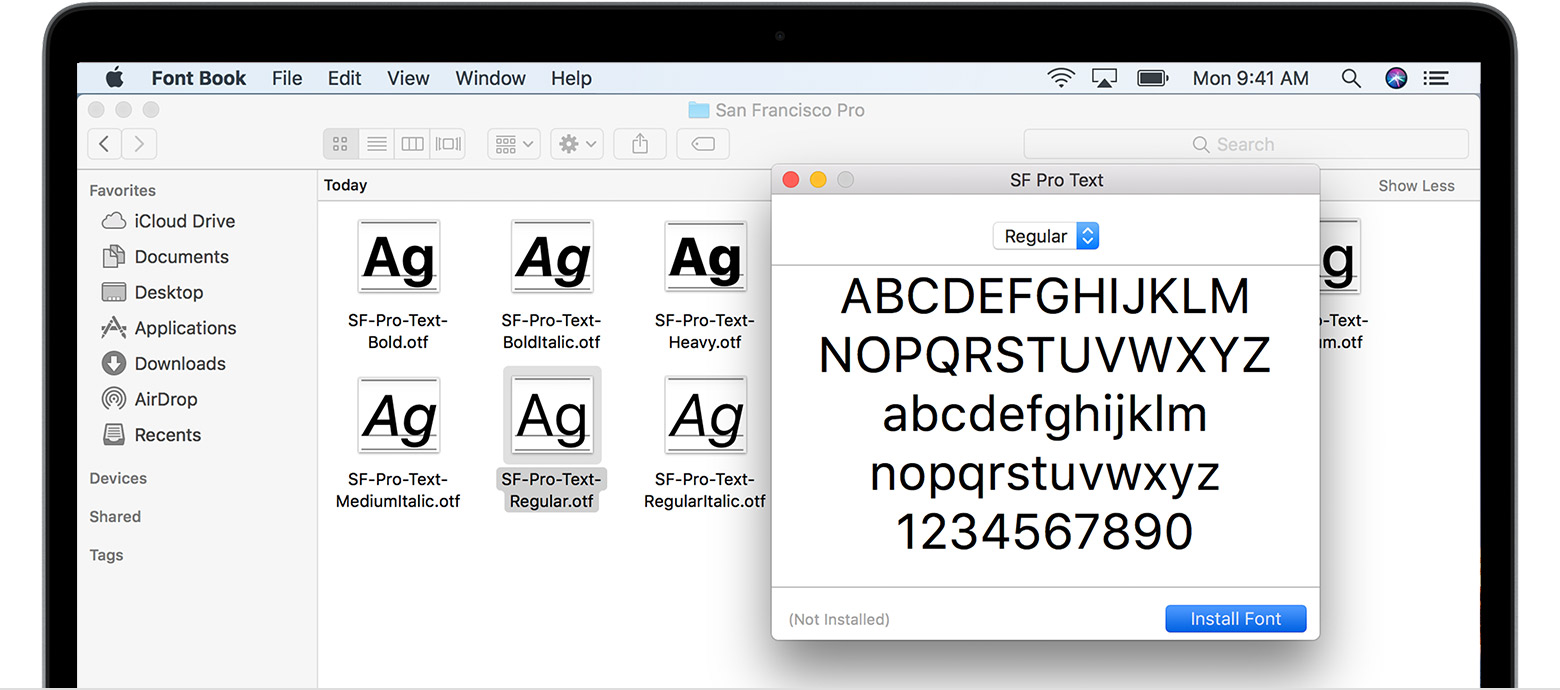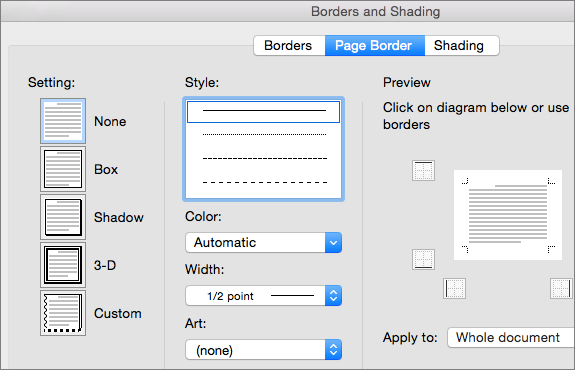Underlining is a common task in Word, and easily done, but what if you need to overline (also called overscore or overbar), some text? Overlining is common in scientific fields, but there are various reasons for overlining text. However, Word doesn’t make it easy.
- 2016 Word For Mac Track Changes Tutorial
- 2016 Word For Mac
- 2016 Word For Mac Word Art
- Adding Text Boxes To 2016 Word For Mac
You can apply overlining to your text in Word using a field code or the equation editor, or you can add a paragraph border to the top of the text.
Using a Field Code
2016 Word For Mac Track Changes Tutorial
First, we’ll show you how to use a field code to apply overlining to text. Open an existing or new document in Word and place the cursor where you want to put the text with overlining. Press “Ctrl + F9” to insert field code brackets, which are highlighted in gray. The cursor is automatically placed in between the brackets.
Enter the following text between the brackets.

EQ x to()
In order to create fillable forms, the following example (with detailed steps) will show you how to use various content controls such as Check Box, Combo Box, Drop down list and Date Picker in Microsoft Word 2016. How to insert and edit a textbox in MS Word on MAC TechAssistOnline. Word 2016 - Text Box - How To Insert Edit Use and Move Text Boxes in Microsoft MS Word Office. Sign in to add this to.
NOTE: There is a space between “EQ” and “x” and between “x” and “t()”. “EQ” is the field code used to create an equation and the “x” and “to” are switches used to format the equation or text. There are other switches you can use in the EQ field code, including ones that apply bottom, right, left, and box borders to the equation or text.
Put the cursor between the parentheses and enter the text you want to overline.
To display this as text rather than a field code, right-click anywhere in the field code and select “Toggle Field Codes” from the popup menu.
The text you entered into the field code displays with a line above it. When the field code displays as normal text, you can highlight it and apply various formatting to it, such as font, size, bold, color, etc.
NOTE: To display the field code again, simply right-click in the text and select “Toggle Field Codes” again. When you put the cursor in text generated from using a field code, the text is highlighted in gray, just like the field code.
If you want the line to extend beyond either end of the text, add spaces when entering the text into the field code. This is useful for creating lines with names under them for signing official documents.
Field codes work in all versions of Word, for both Windows and Mac.
Using the Equation Editor
You can also apply overlining to text using the equation editor. To do so, click the “Insert” tab in your Word document.
In the “Symbols” section of the “Insert” tab, click “Equation”.
The “Design” tab under “Equation Tools” displays. In the “Structures” section, click “Accent” to access various accents you can apply to the top of the text in the equation. There are two different accents you can use. Select either the “Bar” under “Accents” on the drop-down menu…
…or select the “Overbar” under “Overbars and Underbars”. The “Overbar” produces a slightly longer line above the text than the “Bar”.
The selected accent displays over the small dotted box in the equation object.
To enter your text, click on the dotted box to select it.
Type your text into the dotted box. The line extends to cover the text as you type.
Click outside of the equation object to view the finished “equation”, or overlined text.
Notice that when entering a hyphenated word or phrase into an equation in the Equation Editor, such as “How-To Geek”, there are spaces before and after the dash. That’s because it’s an equation and Word is treating the dash as a minus sign between two operands. If you would rather not have those spaces (or if you don’t have the Equation Editor installed), the first method above, or the following method, may work better for you.
Adding a Paragraph Border
Applying an overline to text can also be accomplished using paragraph borders. Type the text you want to overline into your Word document and make sure the “Home” tab is active on the ribbon bar. Click the down arrow on the “Borders” button in the “Paragraph” section of the “Home” tab.
Select “Top Border” from the drop-down menu.
The line above the paragraph extends from the left margin to the right margin. However, you can adjust the indents for that paragraph to shorten the line. To do this, you must make the ruler visible. Click the “View” tab.
In the “Show” section of the “View” tab, click the “Ruler” check box so there is a check mark in the check box.
To change the indents for the paragraph, put the cursor in the paragraph and put your mouse over one of the indent markers on the ruler. For this example, we’ll make the “Right Indent” bigger, shortening the line from the right.
NOTE: To move the left indent, put your mouse over the small box directly under the two small triangles on the left side of the ruler to move the triangles together. Do NOT move the triangles separately.
Click and drag the indent until the line is the length you want.
Release the mouse button when you’re done moving the indent. The line is now shorter.
Until Microsoft adds this capability as a regular feature, these methods provide ways around the limitation. They may not be as easy as highlighting text and clicking a single button, or pressing a shortcut key, but they’ll work in a pinch.
READ NEXT- › What Can I Do with My Old iPhone?
- › How to Stream UFC 242 Khabib vs. Poirier Live Online
- › Free Download: Microsoft’s PowerToys for Windows 10
- › How to Overclock Your Computer’s RAM
- › What’s New in Chrome 77, Arriving September 10
A form in Word 2016 is a means of soliciting and recording information. You can use forms like the one shown to enter data faster and to reduce data-entry errors. Instead of entering all the information by hand, you or a data-entry clerk can choose entries from combo boxes, drop-down lists, and date pickers.
You save time because you don’t have to enter all the information by hand, and the information you enter is more likely to be accurate because you choose it from prescribed lists instead of entering it yourself.
To create a form like the one shown, start by creating a template for your form and putting data-entry controls — the combo boxes, drop-down lists, and date pickers — in the form. To fill out a form, you create a document from the form template and go to it. These pages explain how to create a form and use forms to record information.
Creating a computerized form
The first step in creating a data-entry form is to create a template for holding the form. After that, you design the form itself by labeling the data fields and creating the data-entry controls. Better keep reading.
2016 Word For Mac
Creating a template to hold the form
Follow these steps to create a new template:

Press Ctrl+N to create a new document.
On the File tab, choose Save As.
You see the Save As window.
Click the Browse button.
The Save As dialog box opens.
Open the Save As Type menu and choose Word Template.
Enter a descriptive name for your template and click the Save button.
Word stores your template in the Default Personal Templates Location folder.
Creating the form and data-entry controls
Your next task is to create the form and data-entry controls for your template. Enter labels on the form where you will enter information. The form shown earlier, for example, has five labels: Name, Phone, Fee Paid?, Association, and Date. After you enter the labels, follow these steps to create the data-entry controls:
Display the Developer tab, if necessary.
If this tab isn’t showing, go to the File tab, choose Options, and on the Customize Ribbon category of the Word Options dialog box, select the Developer check box and click OK.
Click where you want to place a control, and then create the control by clicking a Controls button followed by the Properties button on the Developer tab.
Here are instructions for creating three types of controls:
Drop-down list: A drop-down list is a menu that “drops” when you open it to reveal different option choices. Click the Drop-Down List Content Control button and then the Properties button. You see the Content Control Properties dialog box, as shown here. For each option you want to place on the drop-down list, click the Add button, and in the Add Choice dialog box, enter the option’s name in the Display Name text box and click OK.
Click the Add button to create options for a drop-down menu or combo box.Combo box: Like a drop-down list, a combo box “drops” to reveal choices. However, as well as choosing an option on the drop-down list, data-entry clerks can enter information in the box. Click the Combo Box Content Control button and then the Properties button. In the Content Control Properties dialog box, enter option names the same way you enter them in a drop-down list.
Date picker: A date picker is a mini-calendar from which data-entry clerks can enter a date. Click the Date Picker Content Control button and then the Properties button. In the Content Control Properties dialog box, choose a display format for dates and click OK.
Click the Save button to save your template.
Now you’re ready to use your newly made form to enter data.

2016 Word For Mac Word Art
Entering data in the form
Adding Text Boxes To 2016 Word For Mac
Now that you have the template, you or someone else can enter data cleanly in easy-to-read forms:
On the File tab, choose New.
You see the New window.
Click the Personal tab.
This tab lists templates stored on your computer.
Double-click the name of the template you created for entering data in your form.
The form appears.
Enter information in the input fields.
Press the up or down arrow, or press Tab and Shift+Tab to move from field to field. You can also click input fields to move the cursor there.
When you’re done, print the document or save it.